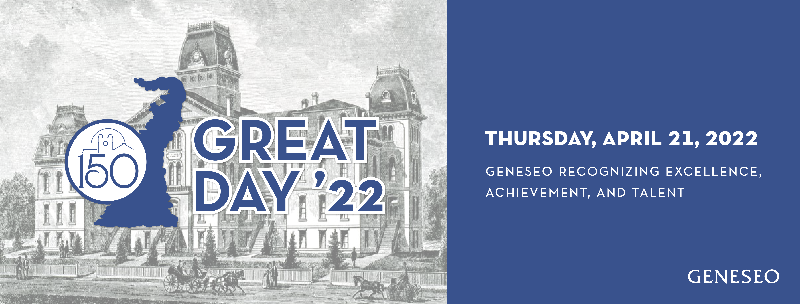
Submission Type
Poster
Start Date
4-21-2022
Abstract
Invasive species can co-occur with native species, with varying effects on the community of native species. Invasive species may outcompete native species or have a facilitative (positive) effect. Ecological models are useful for understanding these varied effects, but models that examine the pairwise relationships are challenging to construct for an entire community. Neighborhood competition models have the potential to address this challenge. In our study, we focus on tree species of invaded forest communities. Being long-lived and stationary, tree species allow for repeat-censuses of stem diameter (DBH), and can be used to examine the growth of trees in relation to the invasive or native status of neighbors. To study the effect of trees on each other, we utilize the forestecology package in the R Programming Environment. The forestecology package applies a spatially-explicit, statistical approach to analyzing interspecific neighborhood competition. We tested the feasibility of using this approach with tree census data from Harvard Forest. We plan to apply these methods to tree census data from the Smithsonian Conservation Biology Institute. We expect to find varying relationships, but invasive species will have more negative effects on native species than vice versa. Utilizing neighborhood competition models to quantify the range of effects that invasive species have on native species can help tailor ecological management strategies for specific forest communities. Our study expands our abilities in measuring the effects of the invasion of specific and unique forests to prioritize conservation resources effectively.
Recommended Citation
Michel, Karissa and Murphy, Kaitlin, "088 -- Neighborhood Competition Models of Co-occurring Invasive and Native Species" (2022). GREAT Day Posters. 26.
https://knightscholar.geneseo.edu/great-day-symposium/great-day-2022/posters-2022/26
088 -- Neighborhood Competition Models of Co-occurring Invasive and Native Species
Invasive species can co-occur with native species, with varying effects on the community of native species. Invasive species may outcompete native species or have a facilitative (positive) effect. Ecological models are useful for understanding these varied effects, but models that examine the pairwise relationships are challenging to construct for an entire community. Neighborhood competition models have the potential to address this challenge. In our study, we focus on tree species of invaded forest communities. Being long-lived and stationary, tree species allow for repeat-censuses of stem diameter (DBH), and can be used to examine the growth of trees in relation to the invasive or native status of neighbors. To study the effect of trees on each other, we utilize the forestecology package in the R Programming Environment. The forestecology package applies a spatially-explicit, statistical approach to analyzing interspecific neighborhood competition. We tested the feasibility of using this approach with tree census data from Harvard Forest. We plan to apply these methods to tree census data from the Smithsonian Conservation Biology Institute. We expect to find varying relationships, but invasive species will have more negative effects on native species than vice versa. Utilizing neighborhood competition models to quantify the range of effects that invasive species have on native species can help tailor ecological management strategies for specific forest communities. Our study expands our abilities in measuring the effects of the invasion of specific and unique forests to prioritize conservation resources effectively.


Comments
Sponsored by Suann Yang